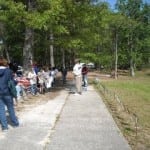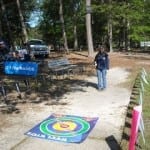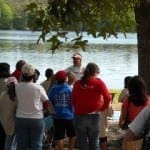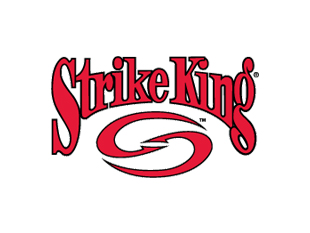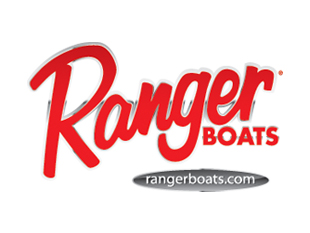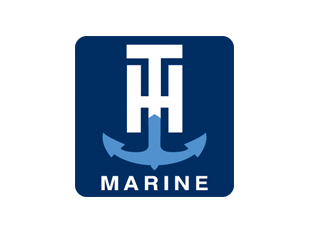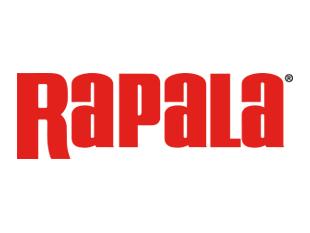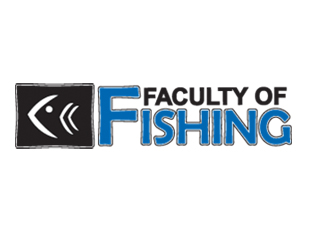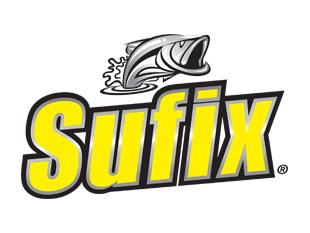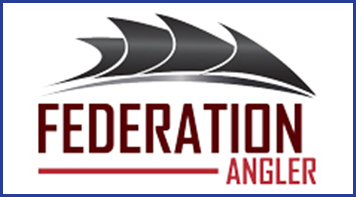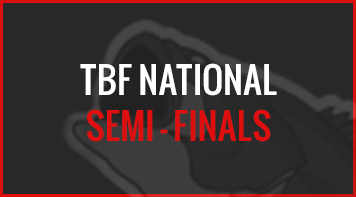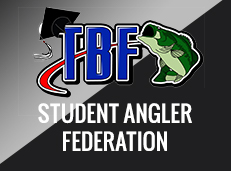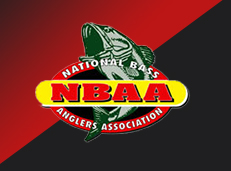May 21, 2008
The Delaware TBF Bass Federation in conjunction with other demonstrators took part in a school field trip event at Trap Pond State Park in Laurel, Delaware as part of a Nemours 3-2-1 Almost None Program. The event took place on May 21, 2008 from 9:00 am till 1:30pm, where 930 students mostly 4th graders from various Eastern Shore schools participated.
Students were able to visit different stations to learn and par take in the activities. Delaware Federation TBF Youth Director, Fabian Rodriguez, set up a Delaware TBF Federation station with the “Reel Kids” casting target, where Lydia Newberry demonstrated three different styles of casting as Fabian explained each style and their application on the water. Fabian spoke about their youth program in the Federation which would advance two junior anglers to the National Guard Junior World Championship.
Fabian also talked about a new program (DVD) that the National Federation is currently working on about an after school fishing club or program. The DVD host is Mark Gintert, National Youth Director for the TBF Federation, Mark explained how education classes like math, science and language arts, are some of the very important tools used to be successful in any career, in this case, in the fishing industry and the career opportunities there are in this field.
.After the casting demonstration Ralph Newberry, Delaware TBF Federation president, talked about conservation and how our Federation is involved. Ralph talked about the oxygen study we are currently doing in the different bodies of water we fish, from checking the river to checking the livewells in the boats and holding tanks where we weigh in our days catch at the local tournaments and how we practice catch and release. We caught a few fish just minutes before the event started and kept them for show and tell in Fabian’s Ranger boat, a new Z 20 model.
After Nathan Newberry showed the bass and blue gills, he would put them back in the livewell water where an additive , Rejuvinade, was dissolved in the water to keep the fish live and well. Then students got a chance to touch the fish if they had never done so before and we answered many of their questions. The teachers were handed a fishing magazine and handouts about who to contact in the TBF and how to get started cards, also each students was given a color worksheet on local wildlife for them to identify, some of the teachers offered extra credit points for those who turned them in correctly. In all each presentation took about 25 minutes and we were able to complete about 9 sessions and everyone had fun as the students and teachers learned and experienced something new!



